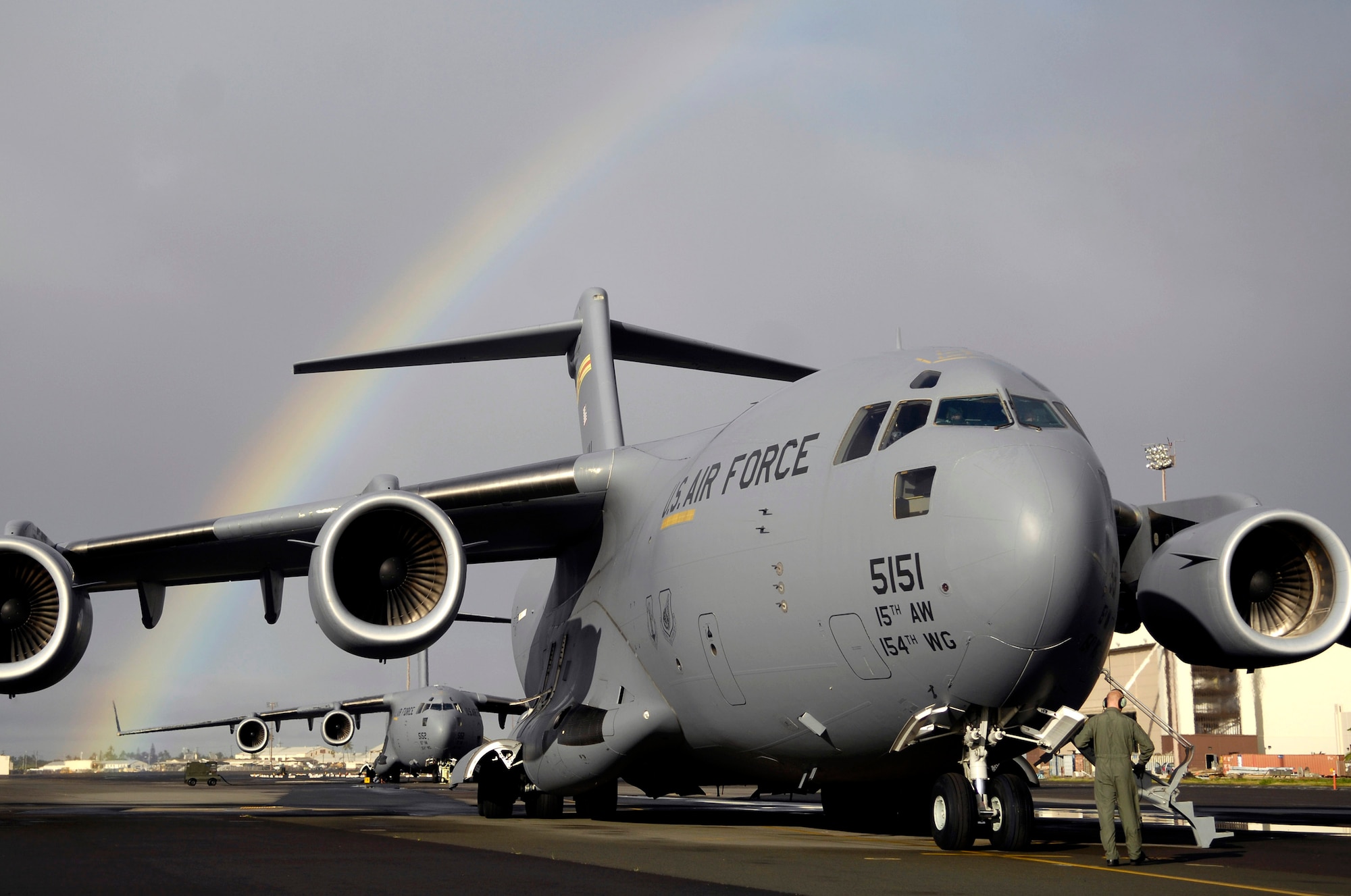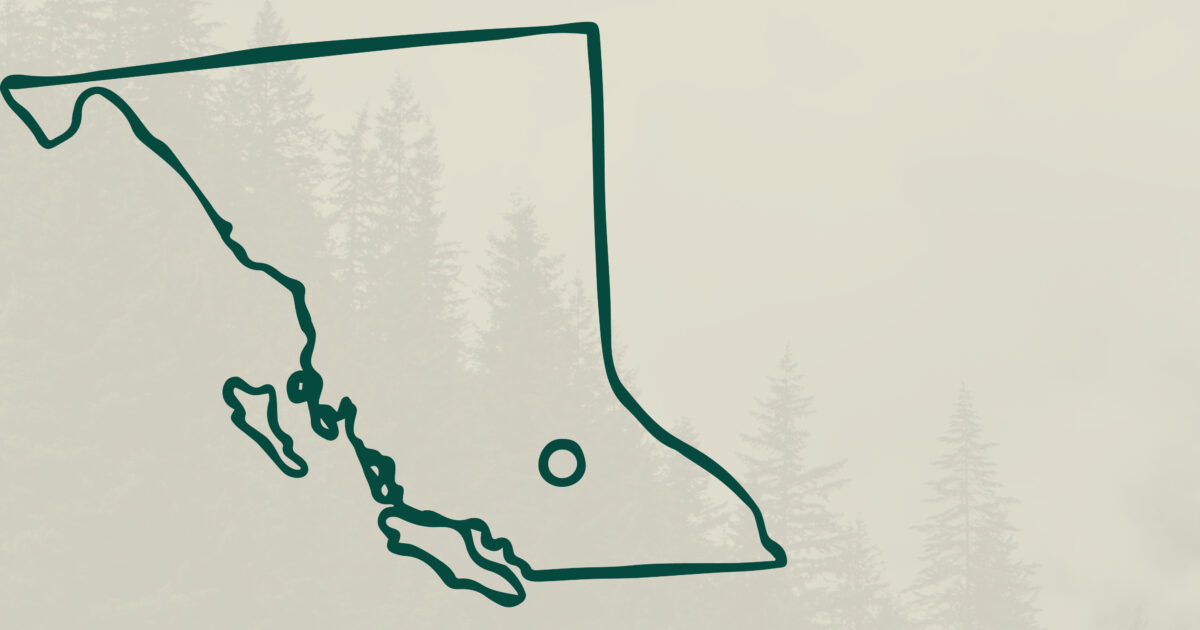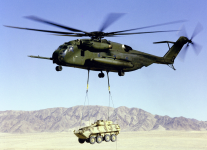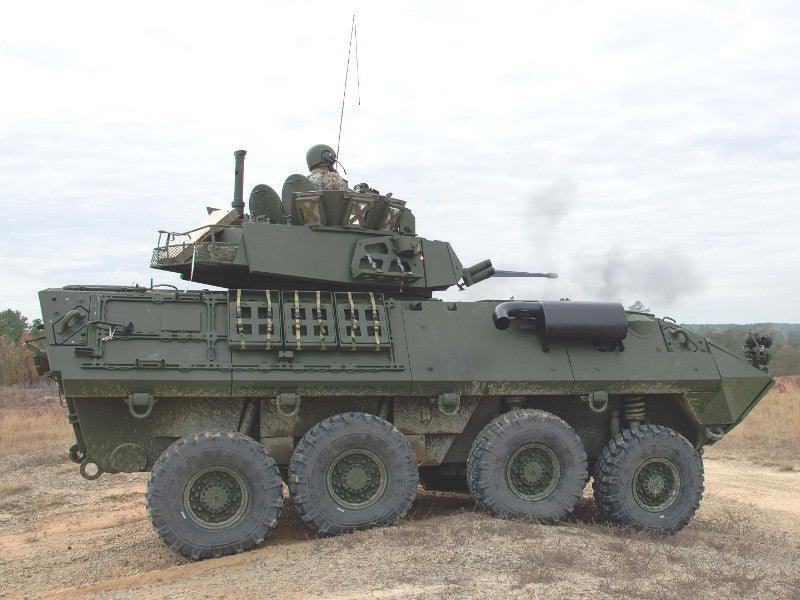- Reaction score
- 21,696
- Points
- 1,260
C-17 cargo compartment is 88 feet (27 m) long, 18 feet (5.5 m) wide and ceiling (door height being the major issue) is 12 feet 4 inches (3.76 m) high, max cargo weight is 170t.
Note I haven't tried any of the below - just going off paper specs.
You can fit 4 CV90 MkIV nut to butt with a tad bit a spare room (21ft 5" long, 10ft wide, and 8 ft 2" tall and 37 t weight) .
You can fit 3 x LAV 6.0 (length 7.62m, width 2.78m, and height of 3.16m 29 t weight)
You might theoretically be able to get 8 Bison at two abreast (21ft long, 8ft 5" wide, and 8ft 5" tall, with a 13 t weight)
- but there isn't much side room - to spare - so I think 7 would be the realistic max - as the rear one needs to enter the cargo door - and I don't think you could Austin Powers a 99 point turn to get two abreast at the back.
FWIW you can fit 30 A-GMV's in a C-17 by stacking, other items like this have been stacked using aluminum ramps and braces before in C5A and C-17's, but for a rapid drive in, drive out, you are limited to 15.
Note I haven't tried any of the below - just going off paper specs.
You can fit 4 CV90 MkIV nut to butt with a tad bit a spare room (21ft 5" long, 10ft wide, and 8 ft 2" tall and 37 t weight) .
You can fit 3 x LAV 6.0 (length 7.62m, width 2.78m, and height of 3.16m 29 t weight)
You might theoretically be able to get 8 Bison at two abreast (21ft long, 8ft 5" wide, and 8ft 5" tall, with a 13 t weight)
- but there isn't much side room - to spare - so I think 7 would be the realistic max - as the rear one needs to enter the cargo door - and I don't think you could Austin Powers a 99 point turn to get two abreast at the back.
FWIW you can fit 30 A-GMV's in a C-17 by stacking, other items like this have been stacked using aluminum ramps and braces before in C5A and C-17's, but for a rapid drive in, drive out, you are limited to 15.







